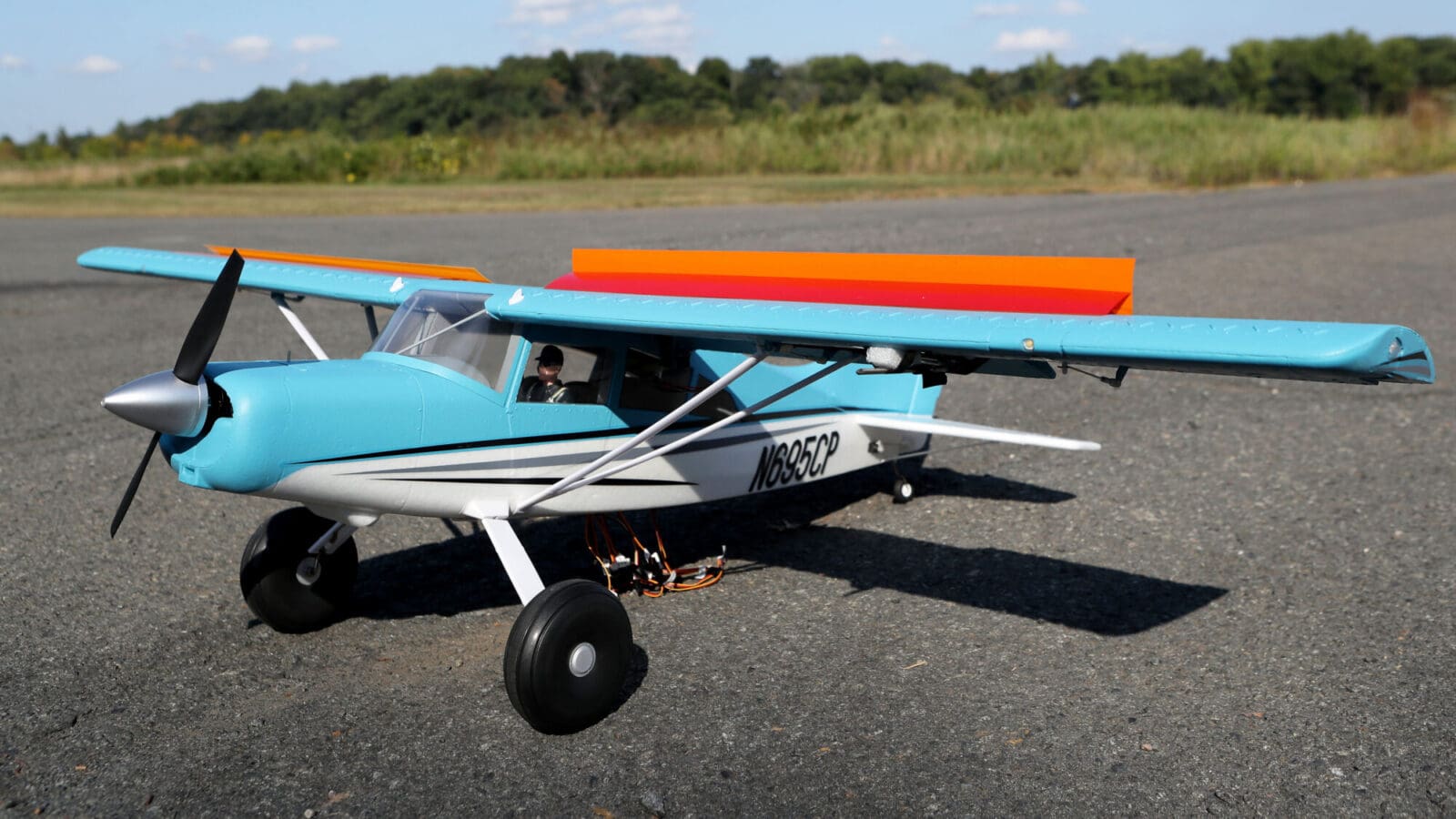Breakthrough in computer simulations advances hypersonic flight research
By
on
A two-hour plane flight between Tokyo and New York sounds like science fiction, but methods developed by Princeton engineers to describe turbulence at extreme conditions may aid the design of aircraft with that kind of speed, 15 times faster than sound.
Bypassing the need for prohibitively difficult wind tunnel tests, Pino Martin, an assistant professor of mechanical and aerospace engineering, and her research group created powerful computer simulations that show how air behaves at speeds greater than 5,000 miles per hour and temperatures of nearly 14,000 degrees Fahrenheit. Understanding air flow under these conditions is critical for creating a new class of jet engines that are far more powerful than anything available today.
“Detailed wind tunnel experiments in these hostile regimes are extremely challenging, if not impossible,” Martin said. Her highly refined computer simulations allow other engineers to test concepts and develop new theories of turbulence before building actual models.
Conventional jet engines rely on compressors to force air into the combustor, where the oxygen is used to burn fuel. The hot air generated is then forced out the back of the plane to generate forward thrust. The success of hypersonic flight hinges on the development of safe and efficient engines known as scramjets. Rather than using a compressor to push oxygen stored on board into the combustor, scramjets rely on the jet’s extremely fast forward motion to force the surrounding air into the engine, burn fuel and generate thrust.
While NASA and the U.S. Air Force have used experimental scramjets to reach speeds up to 9.6 times the speed of sound — nearly 7,000 miles per hour — the large-scale and commercial deployment of the vehicles will require a far greater understanding of the turbulence and shock waves that aircraft encounter as they hurdle through the atmosphere. This is of crucial importance to scramjets because a loss of smooth air flow could cause them to suddenly lose thrust.
A major success of the methods developed by Martin and her research group is their ability to recognize shock waves — extremely small, powerful and abrupt disturbances in the flow of a fluid — and distinguish them from normal turbulence. Existing simulations are often unable to make that distinction, which greatly diminishes their predictive capabilities. Martin’s methods allow researchers to examine the details of hypersonic air flow at small and large scales, revealing features ranging in length from micrometers to meters and occurring at frequencies from 1,000 to 1,000,000 times per second. With this ability, the simulations recognize the slightest distinction between normal fluctuations and shock waves, making them extremely powerful tools for explaining a broad range of turbulent flow conditions.
“Pino Martin is conducting excellent research in direct numerical simulation of fundamental turbulent flows that accurately resolves the smallest physical scales,” said Kevin Bowcutt, the chief scientist of hypersonics for Boeing. “The ultimate realization of manned, scramjet-powered hypersonic flight, and therefore routine and affordable rapid global transport and access to space, depends critically upon the successful development of predictive computational fluid dynamics. In turn, the realization of predictive computational fluid dynamics depends critically upon Professor Martin’s turbulent flow simulation work.”
Martin credits her team’s success to their collaboration with Alexander Smits, chair and professor of Princeton’s mechanical and aerospace engineering department. Smits, a leading experimentalist in the field of fluid dynamics, provides real-world turbulence data in a range of conditions to help guide the development of accurate simulation methods.
“These simulations will lead to a better understanding of the physics involved, which will allow us to develop better laws and models,” Martin said. “This new understanding may lead to novel design concepts that enable hypersonic travel as well as safe and affordable access to space.”
The ability to efficiently recognize and track patterns and events, such as shock waves, in scientific data may have broader applications in a variety of scientific fields. For example, similar methods might be used to track weather fronts, the dispersion of biological organisms or mutations in genetic information.
Last year, Martin was recognized by the Princeton University School of Engineering and Applied Science with the Alfred Rheinstein ’11 Award. Her work is supported by the National Science Foundation, the U.S. Air Force Office of Scientific Research, NASA and Sandia National Laboratories.






